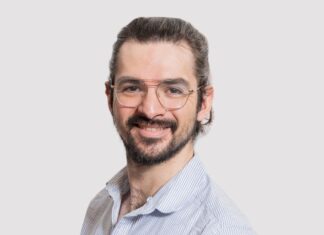Incari creating a modern digital ecosystem that gives everyone control over their personal data
Please introduce yourself and your startup Incari to our readers!
My name is Osman Dumbuya and I co-founded Incari with Alexander Grasse and Abdallah Huballah in 2012 and renamed the company in 2021. Incari a German based start-up creating a modern digital ecosystem that gives everyone control over their personal data.
Unlike makers of other operating systems Incari, doesn’t want to be the ‘middle-man’ – it gives companies the platform to build software so they can retain the management and security of the data of their customers.
Our Incari OS (operating system) ultra-secure with a decentralize communication layer for data transfer. It also allows users to control exactly who sees their data and empowers them to receive micropayments from it (using Incari Marketplace).
Incari is also beneficial for automotive manufacturers because it gives them greater access over the data their customers are generating – rather than being bound by the terms of existing operating systems.
How did you get the idea of Incari?
We started with Incari Studio because we thought there had to be a better, more inclusive way of collaborating between software developers and designers working on HMI – human machine interfaces, be they in car dashboards, phones and tablets or state-of-the-art eVTOLs (electric aircraft).
What is the vision behind Incari?
We are creating a world-leading digital infrastructure that gives everyone sovereignty over their personal data. One that conserves natural resources and makes the development and use of technology as easy and fair as possible.
How difficult was the start and which challenges you had to overcome?
We had the unique opportunity to start with a fresh sheet of paper and design from the ground up how software engineers and designers would collaborate to develop new and innovative technologies for vehicles that haven’t’ even been invented yet. We recruited innovators and free thinkers, leaders in their field to help us rewire the rule book and help consumers gain control of their personal data.
Who is your target audience?
Our target audience is anyone designing Software and innovative HMIs for industrial equipment, vehicles, home energy systems, etc. Literally anyone who is designing the interface for a human and machine interaction. Our unique software can make the process simpler, quicker and unlock next generation technologies, such as in air haptics – ultrasonic buttons you can press in mid-air!
What is the USP of your startup?
We simplify technology and make it accessible to designers, so they have the building blocks to create the next generation of Software and HMIs. We enable software developers to give sovereignty of people’s personal data back to them.
Can you describe your typical workday ?
My workday starts quite early. I usually start with read all sorts of news, to see where new innovations are popping up or where I can understand better which issues people are running into. Sometimes I recognise that people or industries are fighting with issues, where we might have a solution for. However, reading the news and understanding what is going on in the world, is to me a source of inspiration. I believe that the purpose of becoming an entrepreneur is to find solutions to problems, that other people might have.
When I am at work, I usually have many meetings about where we are in terms of development, which next steps need to be taken and where we might have difficulties which need to be addressed. In the evening hours after work, there are often additional meeting or dinners with other company owners, managers, or Investors. So having a twelve-to-fourteen-hour workday is not that unusual. Therefore, it is important to me, to spend the weekends mostly with my family. But to be honest, having few meetings on the weekend is not unusual.
Where do you see yourself and your startup Incari in five years?
We are of course very ambitious with our company goals. We want to become a noticeable tech provider in the IT-Business within the next few years. We want to enable people to establish a new kind of data economy, where private data becomes private again, and every single person can decide easily under which terms, condition, and costs he or she is willing to share their data with third parties. We will provide our users technologies, that allow them easily to create complex software with next generation interaction paradigms that will give users completely new experiences working with computers and machines. We want to support the integration of digital infrastructure and access to secure data-transfer into our everyday life in a seamless and almost invisible way.
What 3 tips would you give to founders?
I believe that one of the key factors to success is not to be driven by money, but by your mission. What benefits will your work bring to others. This is what defines your works value. The bigger the benefit is for others, the more your product will pay off for yourself.
Do not be afraid of potential existing competitors. Everybody is mostly working with the same set of tools. In Germany we say, everybody is cooking with water. So, others will have to face the same struggles as you do to achieve your goals. But if you are willing, to put more effort into your work than others are, you will always have the chance to come out on top. Keep in mind, that big enterprises usually need much more time to change their course or make use of new technologies or approaches. These are the opportunities where an entrepreneur can have a head start compared to others. Keep in mind, every existing company started ones small.
Building a company is not a hundred-meter sprint, but much more a marathon. But this marathon is not going to end. So always have an eye on your recourses and stay patient. You might have the right idea, and might have built the right product, but sometimes you are just a bit ahead of the market. So, staying in the game is a key factor for success. Stay in the game, until your time is ready.
More information you will find here
Thank you Osman Dumbuya for the Interview
Statements of the author and the interviewee do not necessarily represent the editors and the publisher opinion again.










